Tip #1: Don’t Leave Your Plant Near Windows in Colder Months
If you want to make sure your plant isn’t exposed to colder temperatures, you may want to keep them away from windows. In colder months like late fall and winter, even the smallest draft can leak cold air into your home through cracks in your windows. While this air usually dissipates and warms up as it travels throughout your home, any plants placed in close proximity to the window will be affected. Move your tropical plants into an area where they will still get bright but indirect light, while making sure they won’t be affected by potential drafts.
Tip #2: If You Find Dry Patches, Your Plant May Be Getting Too Much Sunlight or Heat
You may notice the leaves become white or even scorched on a sunny day. These discolorations and unusual markings usually indicate that a plant is getting too much heat or sunlight, and it may be dehydrated. Excess light and heat will dry out the soil, stopping plants from getting the moisture they need to support their cellular structure. It also slows down or stops the process of photosynthesis, further hindering growth. If ignored for too long, these dry spots can spread and eventually result in the death of your plants.
Tip #3: Avoid Frost at All Costs
Colder temperatures and frost can damage your plants by causing ice crystals or disrupt normal physiological activity. This makes it nearly impossible for water to move freely throughout plant tissue, creating a deficit of moisture in their stems and leaves. You can tell a plant has been damaged by frost if it begins to suffer from hydrosis (it will appear as though it's soaked with water.) If the problem persists, your plants may begin shriveling and turning a dark brown or black hue. After that, the plant will almost certainly die.
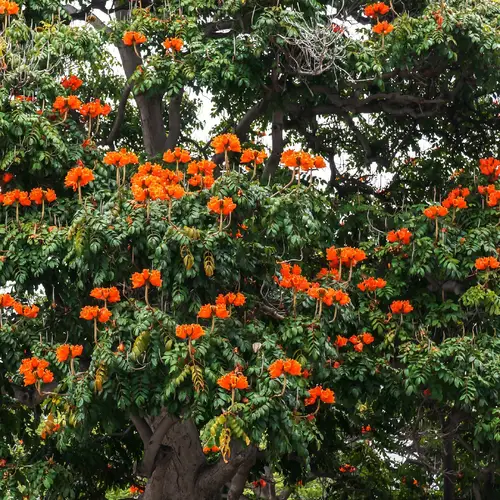
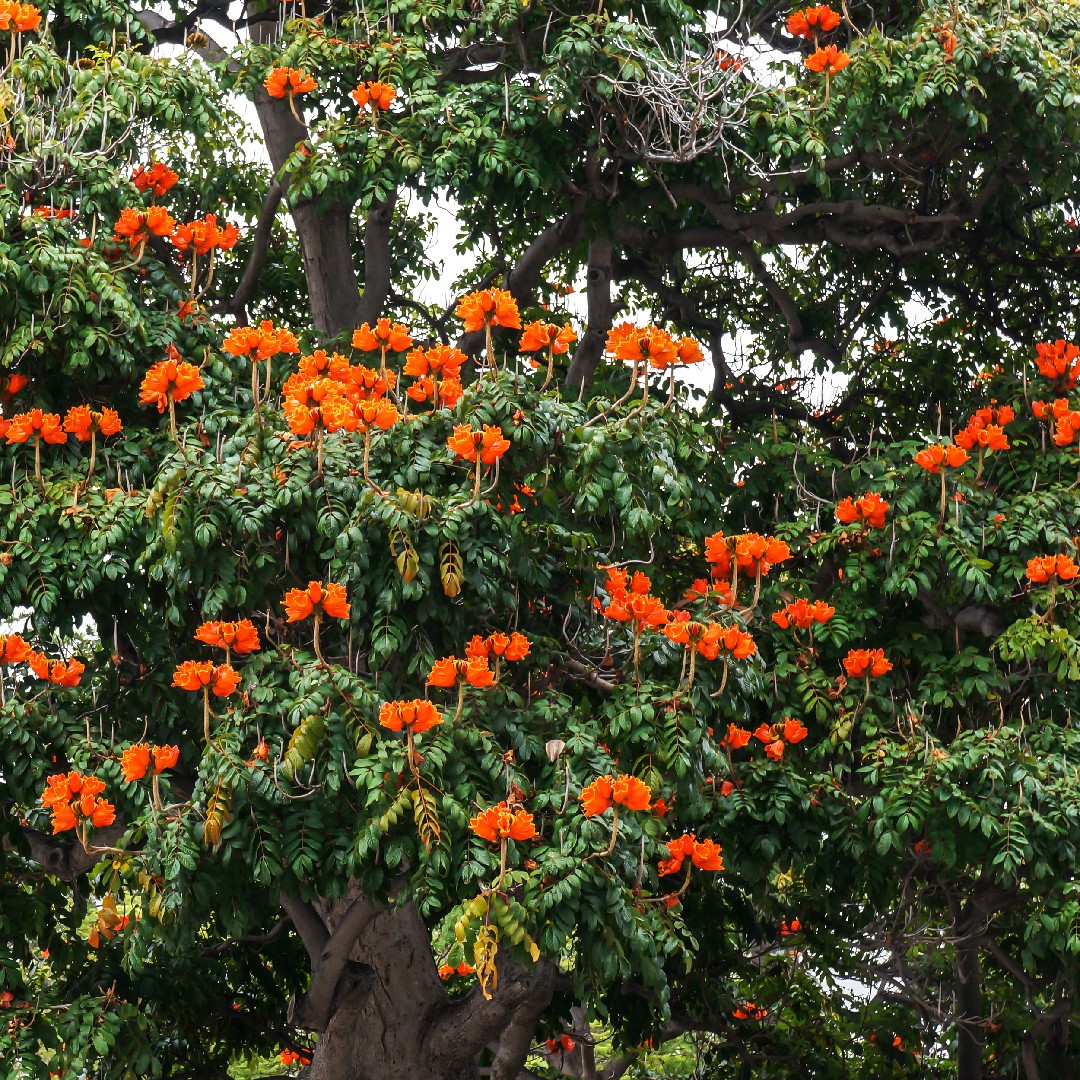
















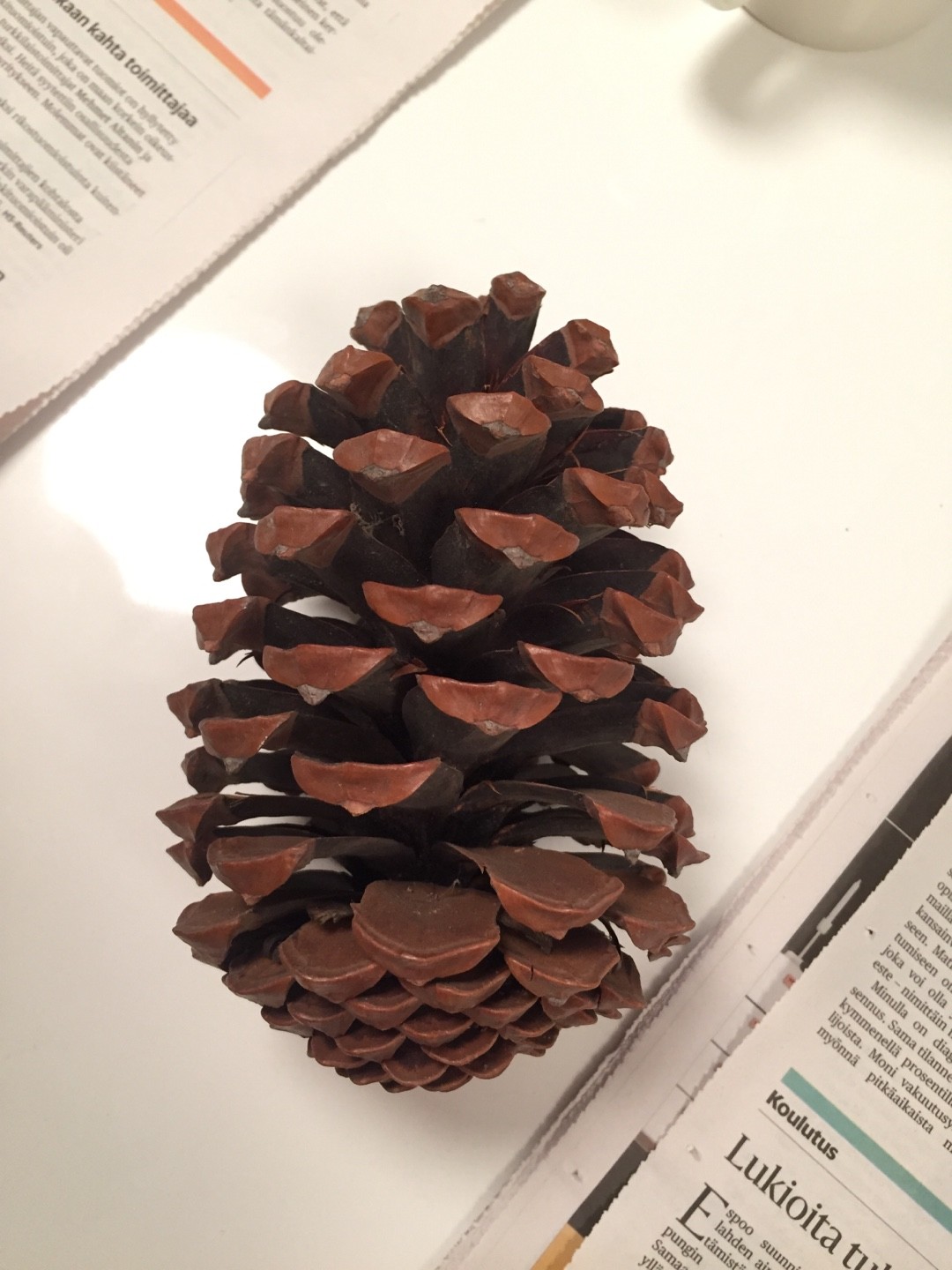



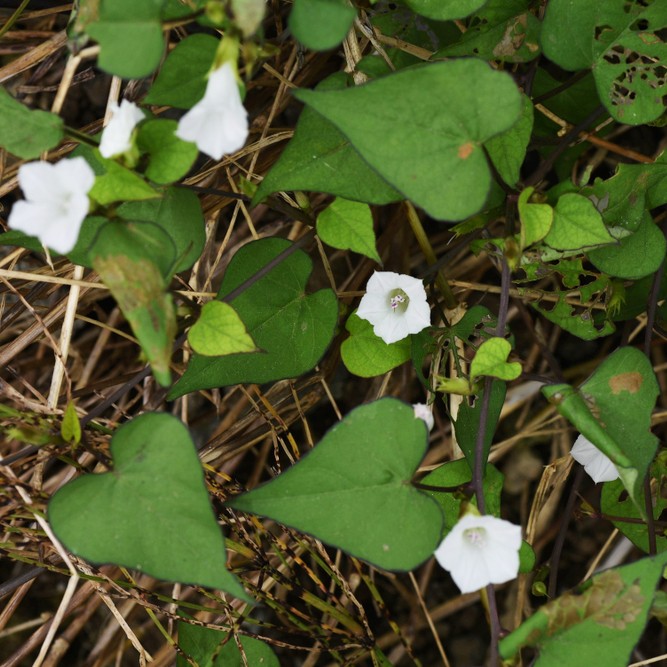
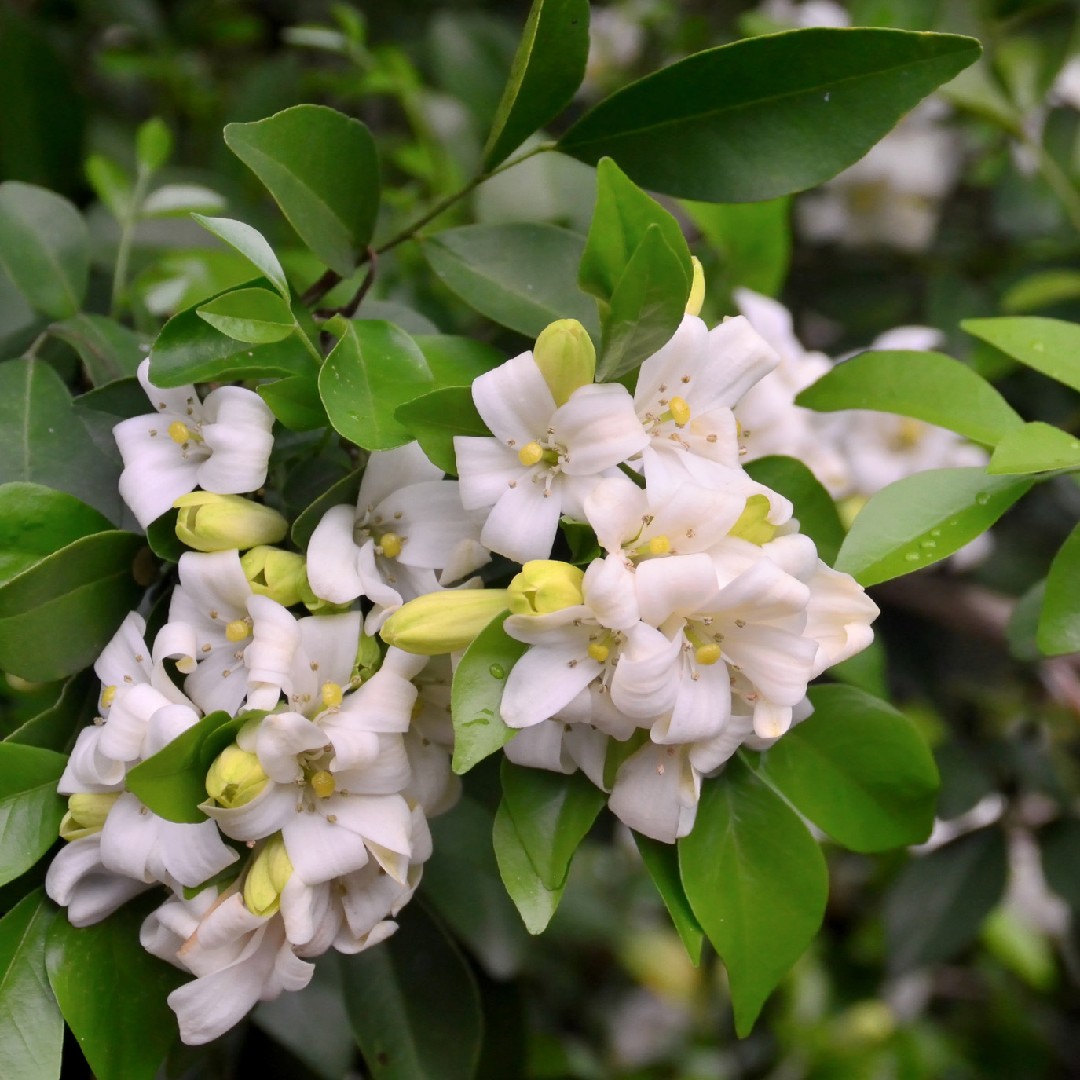
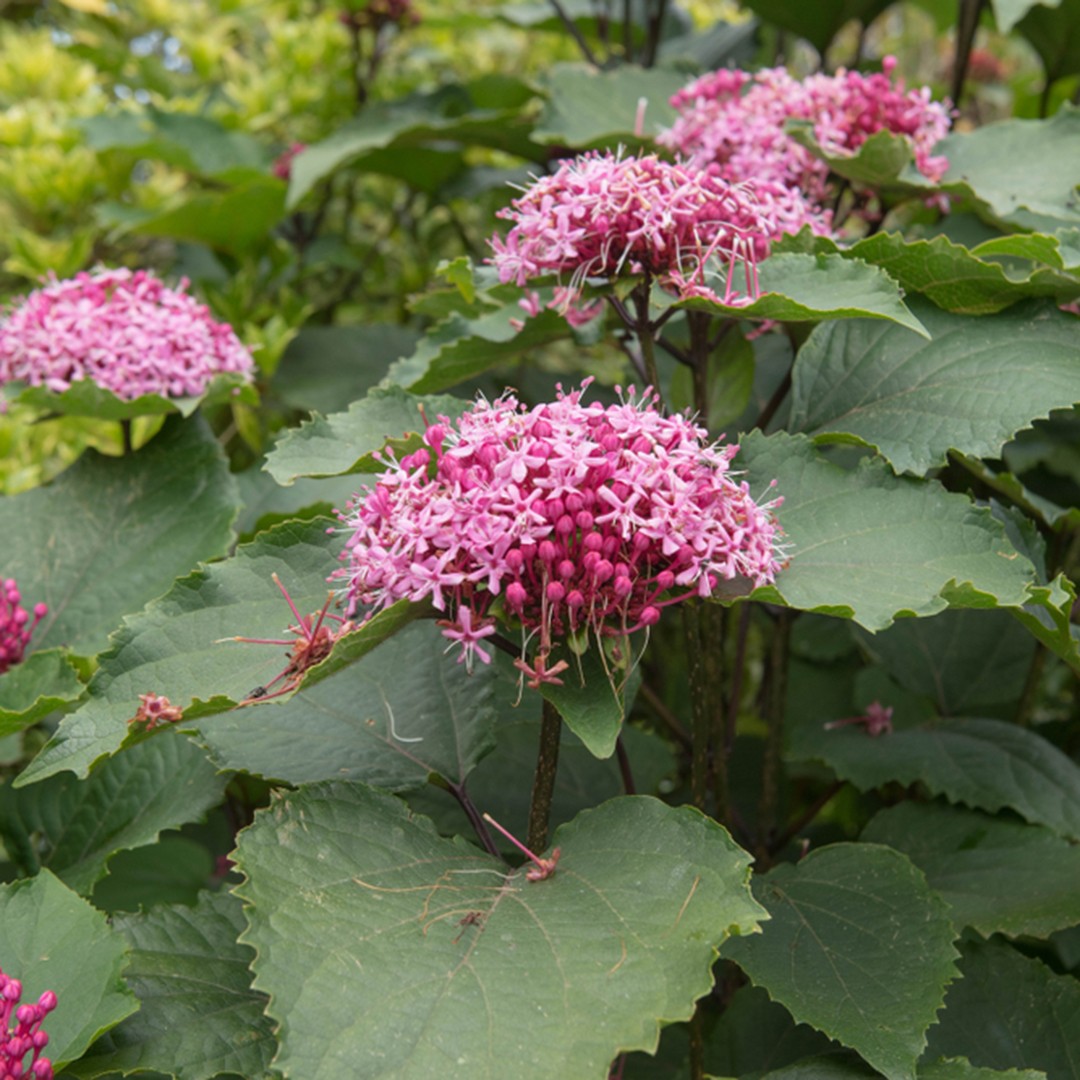
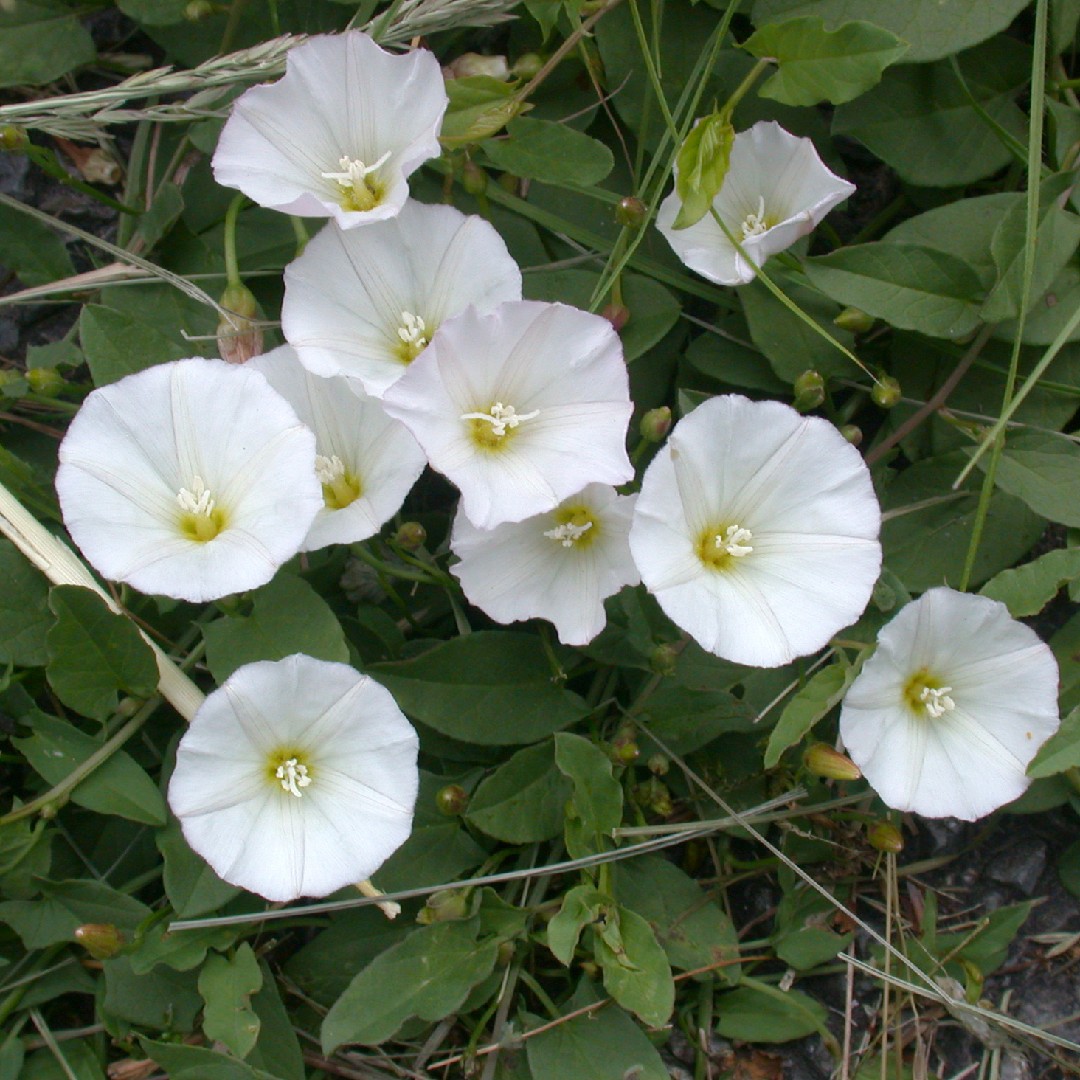

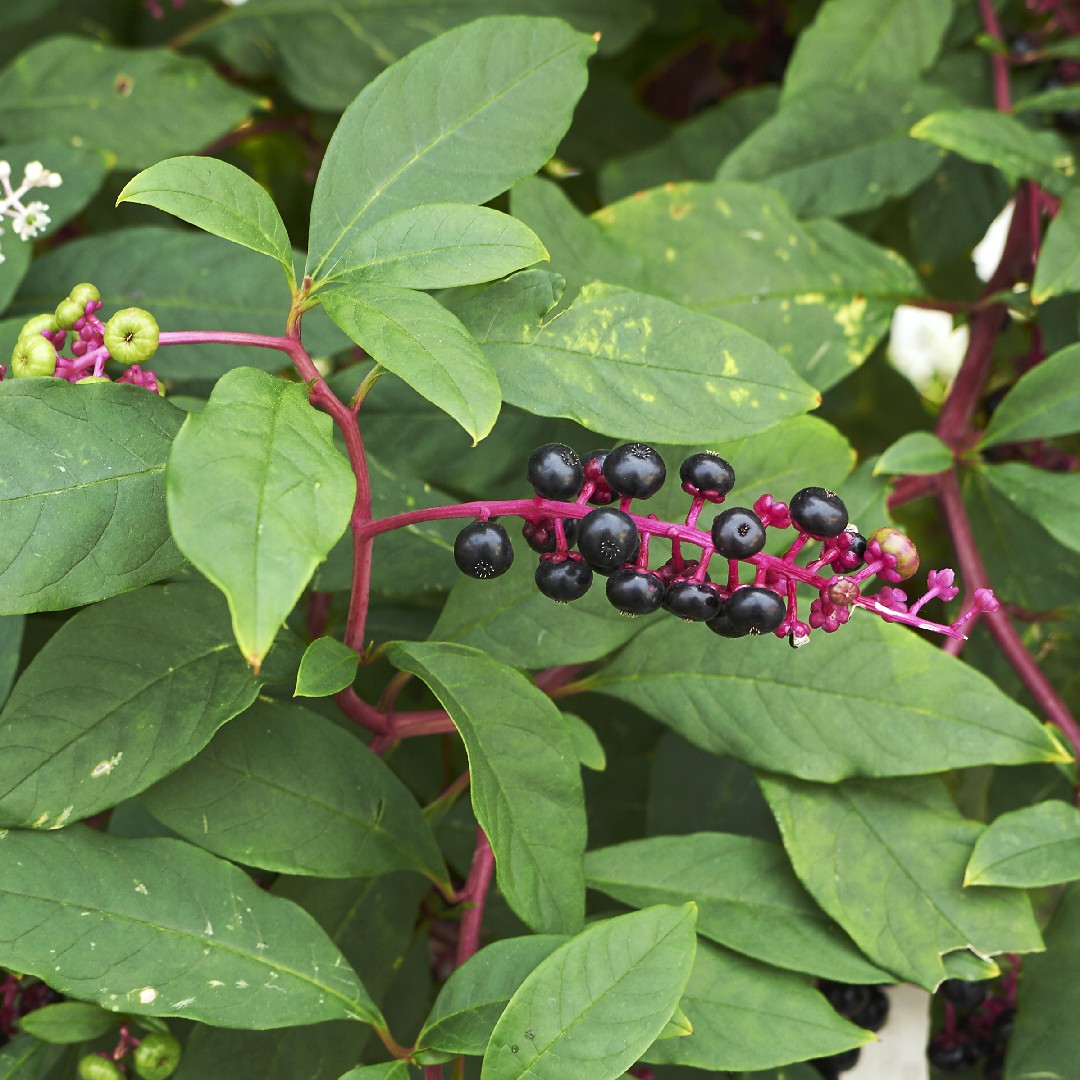







 Watch how sunlight gracefully moves through your garden, and choose spots that provide the perfect balance of light and shade for your plants, ensuring their happiness.
Watch how sunlight gracefully moves through your garden, and choose spots that provide the perfect balance of light and shade for your plants, ensuring their happiness. 








